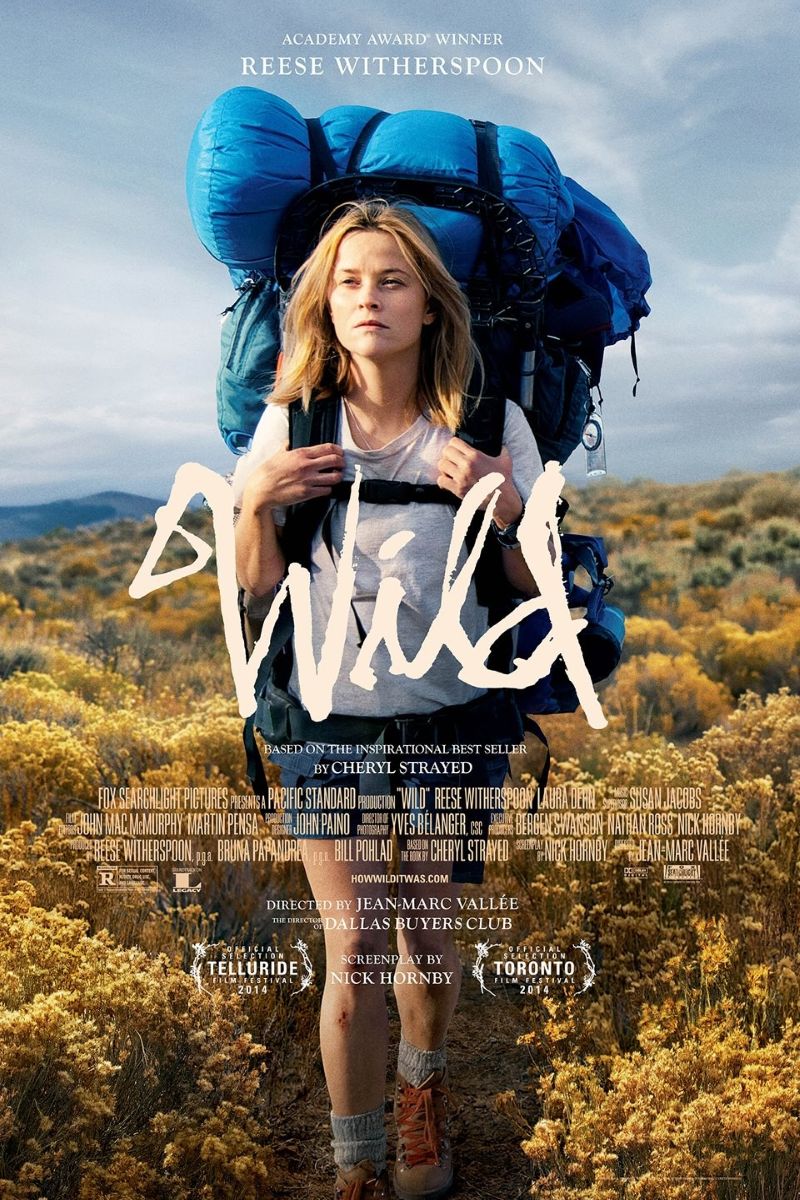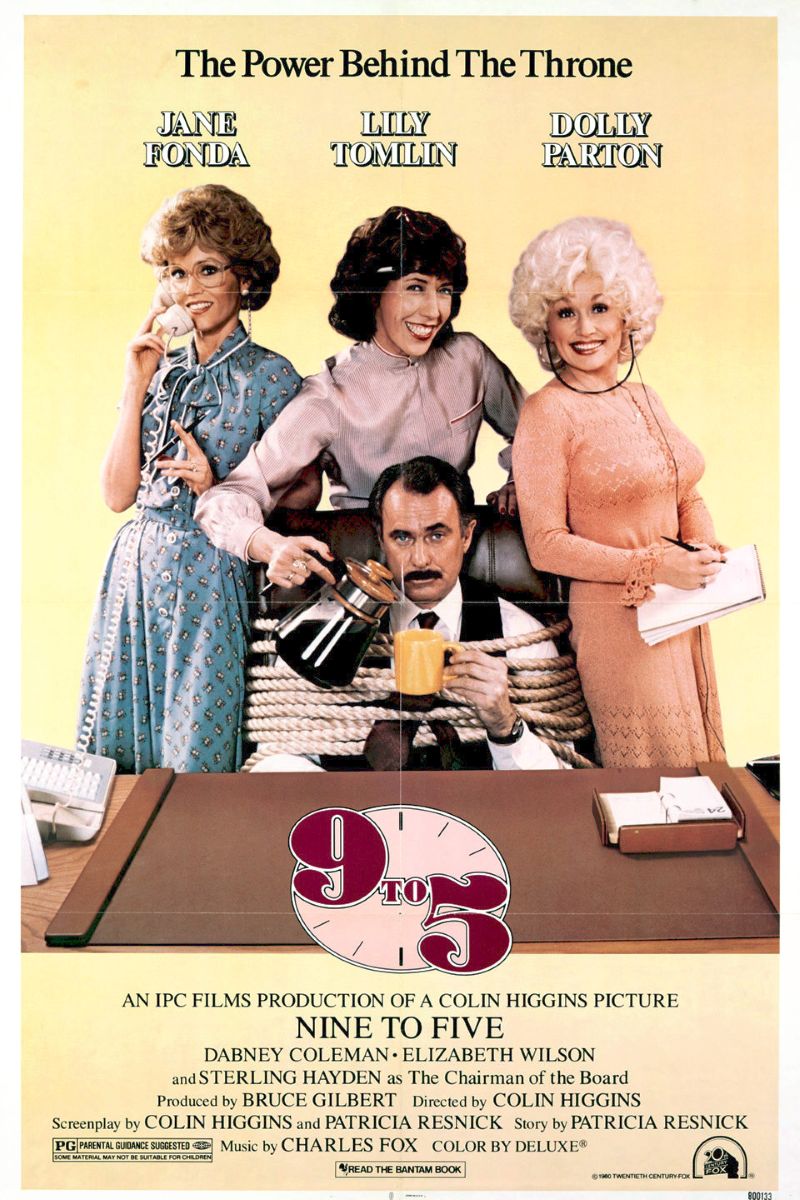
Wild
Wild
A biographical drama adapted from Cheryl Strayed's memoir, starring Reese Witherspoon as a woman who hikes the Pacific Crest Trail alone. This 2014 film deeply explores themes of female self-redemption, identity reconstruction, and independent survival in a male-dominated world.
Cast
🎥 Film Analysis & Review
In the landscape of contemporary feminist cinema, “Wild” echoes like a voice from the mountains, redefining narratives of female independence and self-redemption with raw power and profound introspection. Jean-Marc Vallée’s 2014 biographical film, adapted from Cheryl Strayed’s memoir of the same name, deeply explores trauma, healing, mother-daughter relationships, and women’s survival philosophy in the wilderness through the true story of a woman who hiked 1,100 miles of the Pacific Crest Trail alone. Reese Witherspoon’s masterful performance not only earned her an Oscar nomination but, more importantly, created a complex, authentic, flawed yet resilient female character that set new standards for contemporary feminist cinema.
Wilderness as Metaphor for Female Liberation
In “Wild,” the Pacific Crest Trail serves not merely as a hiking route but as symbolic space for feminist liberation. For Cheryl (Reese Witherspoon), the wilderness represents the ultimate place to escape the constraints of patriarchal social norms. Here, she doesn’t need to play any socially expected roles—not wife, not daughter, not victim—she only needs to confront her most primitive self.
The harsh environment of the wilderness becomes the externalization of her internal trauma. Every climb, every fall, every encounter with wild animals corresponds to her inner struggle with pain, guilt, and self-destructive tendencies. This parallel narrative between external and internal allows audiences to viscerally feel the difficult process of psychological healing.
More importantly, the wilderness provides a gender-neutral environment. Here, survival doesn’t depend on charm, compliance, or the ability to please others, but entirely on personal will, physical strength, and intelligence. This environment allows Cheryl to rediscover her true strength—not the false strength society assigns to women, but the basic survival capacity of humans as biological beings.
Authentic Portrayal of Complex Female Characters
One of “Wild’s” rarest achievements is its honest depiction of female complexity. Cheryl is not a perfect victim nor an idealized female hero. She has used drugs, been unfaithful, engaged in self-destruction, made many “imperfect” choices. But the film refuses to make moral judgments about these behaviors, instead placing them within the context of trauma she experienced.
This complexity is extremely precious in contemporary feminist cinema. Too many films either idealize women as saints or demonize them as evil women. “Wild” presents a real woman—she has desires, anger, destructiveness, while also having love, resilience, and capacity for growth. This humanized portrayal allows audiences to truly empathize with the character rather than feel distance.
Reese Witherspoon’s performance deserves particular praise. She doesn’t beautify Cheryl’s pain nor romanticize her journey. She shows a woman’s authentic reactions under extreme conditions—sometimes brave, sometimes fearful, sometimes foolish, sometimes wise. This truthfulness in performance allows the film to transcend simple inspirational stories and become an exploration of human depth.
Deep Exploration of Mother-Daughter Relationships
The relationship between Cheryl and her mother Bobbi (Laura Dern) is key to understanding the entire story. Through flashbacks, we see a single mother abandoned by her husband, struggling to survive with two children, choosing to return to school in middle age and pursue educational dreams alongside her daughter. This non-traditional mother-daughter relationship is both warm and complex, mutually supportive yet filled with tension.
Bobbi represents the awakening of a generation of women—those who, after being frustrated in traditional family roles, courageously seek self-realization. She tells her daughter: “We women, we lose ourselves too fast.” This statement identifies the fundamental dilemma women face in patriarchal society: society expects them to live for others but doesn’t encourage them to live for themselves.
Cheryl’s hiking journey is, in some sense, an inheritance of her mother’s legacy. She inherits not material wealth but her mother’s indomitable spirit and insistence on self-worth. When she encounters difficulties on the trail, her mother’s voice becomes her internal guide, reminding her not to give up the search for her authentic self.
Female Survival Under the Shadow of Gender Violence
The film skillfully handles gender-specific threats women face alone in the wilderness. The men Cheryl encounters on the trail—some friendly, some potentially threatening—reflect the reality women must face in any environment: how to judge threats, how to protect oneself, how to find balance between vigilance and trust.
Particularly noteworthy is the film’s treatment of these threats. It doesn’t exaggerate threats to create dramatic conflict, nor ignore them to beautify reality, but shows the complex psychological state women face when confronting potential danger. Cheryl must remain alert while not letting fear dominate her behavior. This delicate balance reflects the survival wisdom of women in reality.
A particularly powerful scene in the film is when two hunters discover Cheryl alone, and the fear and vulnerability she feels. Although violence doesn’t ultimately occur, that tension helps audiences deeply understand the additional risks women face when traveling alone. This treatment is neither sensational nor evasive, demonstrating the film’s maturity and honesty.
The Dialectical Relationship Between Self-Destruction and Reconstruction
Cheryl’s self-destructive behaviors—drug use, promiscuity, divorce—are not moral failures the film wants to condemn but ways she dealt with trauma, albeit unhealthy ones. The film shows how trauma can distort a person’s self-perception, making injured people believe they don’t deserve love and respect, thus actively destroying relationships that might bring happiness.
But the film’s profundity lies in showing the dialectical relationship between self-destruction and reconstruction. Cheryl’s hiking journey itself is also a form of self-destructive behavior—she lacks experience, has inadequate equipment, faces danger alone. But this “self-destruction” becomes her path to rebuilding herself. Through enduring physical pain, she learns to endure emotional pain; through facing external threats, she learns to face internal fears.
This transformation process is neither linear nor one-time. Through non-linear narrative structure, the film shows the complexity and long-term nature of healing. Memories suddenly attack, pain repeatedly appears, but each confrontation makes her stronger. This authentic healing process is more convincing than any idealized transformation.
The Body as Vessel for Female Strength
“Wild’s” portrayal of the female body carries important feminist significance. Cheryl’s body is not an object to be gazed upon but a subject of action. Her feet bleed, shoulders ache, backpack is too heavy, but through these bodily experiences, she rediscovers her strength.
The film contains many details about body care—treating blisters, reducing backpack weight, finding water sources—these seemingly mundane actions are actually expressions of self-care. In a society that often requires women to ignore their own needs, learning to care for one’s body is a revolutionary act.
More importantly, the film demonstrates the resilience and adaptability of the female body. Although Cheryl’s body is initially unsuited for long-distance hiking, it gradually becomes strong and reliable. This bodily transformation symbolizes her spiritual and emotional growth. She learns to trust her body, which also means she learns to trust herself.
Redefining Independence
The film’s understanding of female independence is subtle. Cheryl’s independence is not rejection of others but cultivation of self-reliance ability. The people she meets on the trail—whether helpful hikers or well-intentioned strangers—all become part of her journey, but she never depends on them to solve basic survival problems.
This independence differs from traditional “strong woman” stereotypes. Cheryl cries, fears, misses family, but doesn’t abandon her goals because of it. Her independence isn’t built on emotional isolation but on the foundation of self-efficacy. She knows she has the ability to face difficulties, and this knowledge allows her to maintain healthy connections with others.
The film’s ending is particularly meaningful. After completing her hike, Cheryl returns to “normal” life, but she is no longer the same person. Her independence doesn’t need to be proven through continuous adventure but has become part of her internal character. This internal transformation is more lasting and valuable than external behavior.
Feminist Dialogue Between Literature and Film
“Wild’s” success partly stems from the depth of Cheryl Strayed’s original memoir, but the film’s adaptation also deserves praise. Screenwriter Nick Hornby and director Jean-Marc Vallée successfully transformed the literary work’s interiority into visual narrative without losing the original’s feminist spirit.
The film’s visual language is full of poetry. The contrast between wilderness vastness and Cheryl’s smallness doesn’t emphasize human powerlessness but demonstrates the strength of individual will. The camera often switches from long shots to close-ups, from grand natural landscapes to subtle human emotions, allowing audiences to feel both the epic nature of the journey and the intimacy of personal experience.
The film’s non-linear narrative structure is also clever. Through flashbacks, audiences gradually understand Cheryl’s reasons for choosing to hike, avoiding simple cause-and-effect relationships while showing life experience’s complexity and interconnectedness. This narrative method better suits female experience and memory patterns, better expressing the non-linear process of trauma healing.
Subverting Traditional Adventure Genre Films
Although “Wild” has the external form of adventure films, it subverts many traditional elements of this genre. Traditional adventure films often focus on conquest and victory, while this film focuses on understanding and acceptance. Cheryl’s goal is not to conquer nature or prove her superiority but to reconcile with herself.
The “adventure” in the film is more internal than external. The greatest threat is not wild animals or harsh weather but her inner despair and self-doubt. The greatest victory is not reaching the destination but learning to forgive herself. This internalized adventure narrative provides a new heroism model for women.
More importantly, the film rejects the individualism myth of traditional adventure films. Although Cheryl travels alone, her story is full of connections with others—memories of mother, longing for ex-husband, gratitude to people met on the road. Her strength doesn’t come from isolation but from renewed understanding and cherishing of these connections.
Implicit Discussion of Class and Privilege
Although the film primarily focuses on gender issues, it also touches on class and privilege problems. Cheryl’s ability to undertake this hiking trip is partly because she possesses certain economic and social capital. She is white, educated, capable of purchasing equipment and arranging time. These privileges make her choice possible, but the film doesn’t deeply explore these issues.
This omission reflects a limitation of mainstream feminism—it often focuses on middle-class white women’s experiences while ignoring different challenges faced by women from other groups. Women of color or working-class women might not have the same freedom of choice; their self-redemption might require completely different forms.
Nevertheless, the film still has value. It provides a model for self-healing, and even if not everyone can adopt the same method, the spiritual core within—facing pain, taking responsibility, seeking growth—is universally applicable.
Contemporary Relevance and Universal Themes
Although “Wild” tells the specific story of a specific woman, it touches on universal dilemmas facing contemporary women. How to rebuild identity after losing important others? How to process trauma without being defined by it? How to maintain personal independence while keeping connections with others? How to survive in a world that still has gender bias?
These questions have no standard answers, and the film doesn’t provide simple solutions. Cheryl’s hiking journey is not a panacea but her way of finding healing that suits her. For other women, the answer might be completely different, but the process and courage of seeking answers is universal.
The film’s value lies in providing a framework for thinking about these problems. It tells audiences that women have the right to take responsibility for their own happiness, the right to make seemingly “selfish” choices, the right to stand up again after falling. These rights sound natural, but in reality they are often questioned and limited.
The Philosophical Significance of Wilderness Feminism
“Wild” can be viewed as a practice of “wilderness feminism.” This feminism emphasizes direct connection with nature, believing women can discover their true selves by breaking free from social structure constraints. In wilderness, gender roles become blurred, survival becomes the primary task, providing women with an opportunity to re-examine their abilities and values.
This philosophy doesn’t oppose civilization but questions civilization’s limitations on women. It believes women are socialized to depend on others, and wilderness experience can help them discover their independent capabilities. Of course, this viewpoint also has limitations—not all women have the opportunity or desire for such adventure, and healing methods should be diverse.
But as a possibility, wilderness feminism provides valuable insights. It reminds us that women’s strength exists not only in traditional social roles but also in the most primitive survival situations. This recognition can enhance women’s confidence in their abilities, even if they choose to develop within social structures.
Conclusion
“Wild” succeeds as both compelling personal narrative and broader meditation on trauma, healing, and female empowerment. Through its honest portrayal of a woman’s struggle with grief, addiction, and self-destruction, the film demonstrates that redemption is possible but never easy or straightforward.
The movie’s greatest strength lies in its refusal to simplify either the problems women face or the solutions available to them. Cheryl’s journey on the Pacific Crest Trail becomes a metaphor for the internal work required to heal from trauma and reclaim agency over one’s life. The film suggests that while external circumstances may provide catalysts for change, true transformation must come from within.
Most importantly, “Wild” expands the definition of what constitutes heroic behavior for women. Rather than requiring superhuman strength or moral perfection, the film celebrates the courage to face one’s failures, the determination to continue despite setbacks, and the wisdom to seek help when needed. In showing Cheryl’s vulnerability alongside her strength, the movie creates a more realistic and ultimately more inspiring model of female resilience.
On that winding Pacific Crest Trail, Cheryl not only walked 1,100 miles of mountain paths but traveled the journey from brokenness to wholeness. Her footprints remain not only on wilderness ground but in the hearts of countless viewers, reminding every woman that regardless of trauma and failure experienced, we all have the capacity to begin again and the right to fight for our own happiness. In this world still filled with gender bias, “Wild” serves as a compass pointing toward internal strength and possibilities for self-redemption, telling every lost soul: the path lies beneath your feet, and you are stronger than you imagine.
🏆 Awards & Recognition
- • Academy Award nomination for Best Actress (Reese Witherspoon)
- • Academy Award nomination for Best Supporting Actress (Laura Dern)
- • Golden Globe nomination for Best Actress
- • BAFTA nomination for Best Actress
⭐ Ratings & Links
Related Recommendations
讨论区
分享您的想法和观点
加入讨论
分享您的想法和观点
加载评论中...

